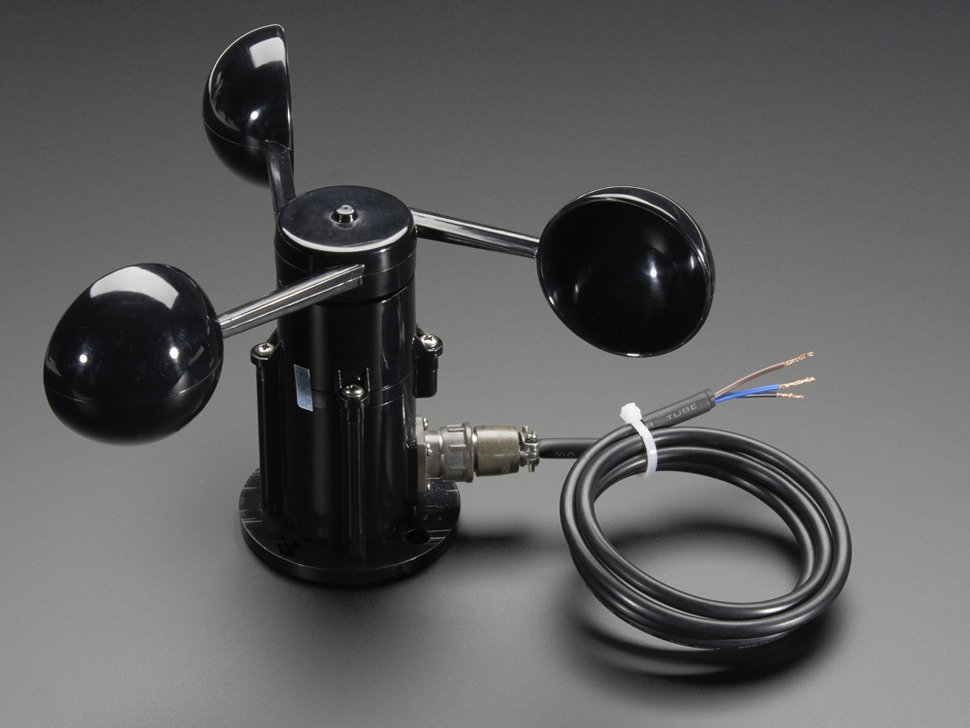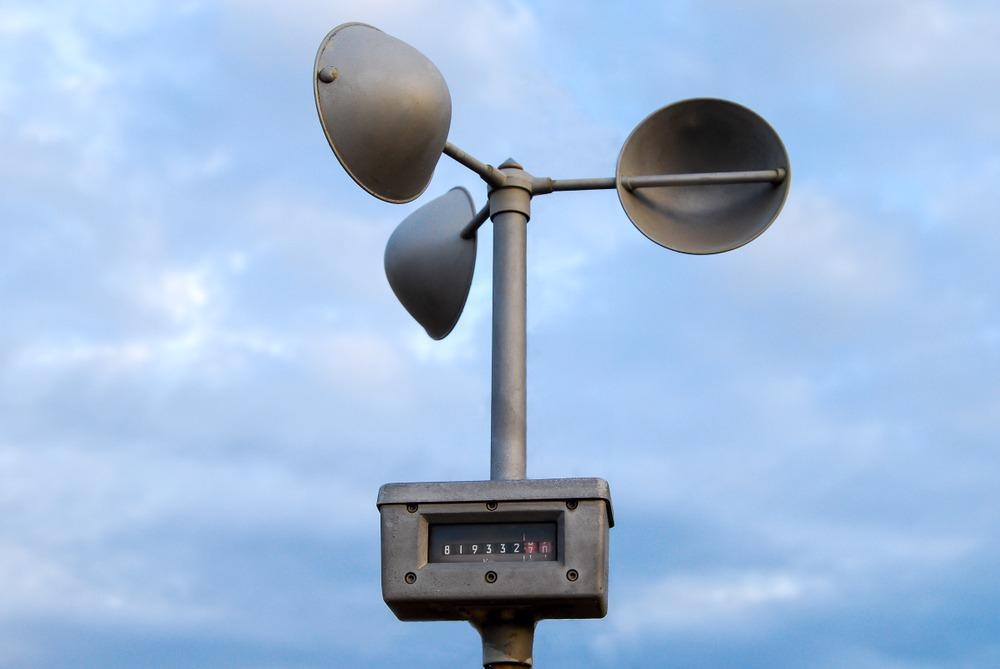All You Required to Learn About Anemometers: Just How They Function, Why They Issue, and Where to Utilize Them
Anemometers, though usually ignored in the realm of scientific instruments, play an essential role in various areas, providing beneficial insights right into wind speed and air flow patterns. Comprehending the technicians behind these tools is necessary for anybody looking for to harness the power of this data. From meteorologists tracking weather patterns to designers creating structures with wind lots in mind, the applications of anemometers are varied and far-reaching. As we look into the intricacies of anemometer innovation, we will certainly reveal the internal workings of these devices, their importance, and the vital considerations when choosing the best anemometer for certain applications.

Anemometer Essentials
A vital tool used to determine wind rate and direction, the anemometer plays an essential duty in weather forecasting and various industries. An anemometer generally consists of 3 or four cups that turn in the wind, a vane that points into the wind, and sensors to track the rotations or motions.
There are various kinds of anemometers available, consisting of mug anemometers, vane anemometers, hot-wire anemometers, and sonic anemometers, each with its one-of-a-kind features and applications. Mug anemometers are generally used for fundamental wind rate measurements, while vane anemometers are preferred for directional measurements. Hot-wire anemometers are appropriate for low airspeeds, and sonic anemometers are ideal for high-precision measurements in research study and industrial settings. Comprehending the fundamentals of anemometers is crucial for exact wind information collection and evaluation across various industries.
Principles of Anemometer Operation
Structure on the foundational understanding of anemometer essentials, the concepts of anemometer operation clarify the auto mechanics behind wind speed and instructions measurements. Cup anemometers, for circumstances, have 3 or even more mugs that capture the wind, triggering them to spin faster as the wind speed rises. Hot-wire anemometers depend on a warmed cord that cools down as wind passes over it, with the price of cooling down determining the wind rate.
Relevance of Anemometers
Anemometers play an essential duty in gauging wind rate and direction, offering vital try here information for climate projecting, environment studies, environmental surveillance, and aviation procedures. Meteorologists depend on anemometers to gather accurate wind information, helping them comprehend weather condition patterns, anticipate tornados, right here and issue timely cautions to the public. Wind ranch drivers utilize anemometers to assess wind conditions and optimize electrical energy production from wind turbines.
Applications Across Different Industries
In the eco-friendly power industry, anemometers play a crucial role in assessing wind problems for wind farm placements, guaranteeing ideal power manufacturing. Industries like building and mining utilize anemometers to monitor wind rates, crucial for security protocols, specifically when functioning at heights or in open-pit mines where solid winds can posture hazards. In farming, anemometers aid farmers in taking care of crop spraying by supplying real-time information on wind speed to stay clear of drift.

Choosing the Right Anemometer for Your Requirements
Choosing the ideal anemometer customized to your certain needs is essential for getting precise wind rate and instructions dimensions. When choosing an anemometer, consider factors such as the intended application, needed dimension array, environmental problems, and wanted functions. For general objectives, a cup anemometer is ideal for gauging wind speed, while a vane anemometer provides wind instructions data. Hot-wire anemometers are suitable for reduced airspeed dimensions, and ultrasonic anemometers supply high precision and durability.

Verdict
In verdict, anemometers play a critical role in measuring wind rate and direction throughout numerous industries. It is essential to consider the importance of anemometers in order to make enlightened choices when selecting the most ideal tool for gauging wind problems.
There are different types of anemometers offered, including mug anemometers, vane anemometers, hot-wire anemometers, and sonic anemometers, each with its special features and applications. Mug anemometers are commonly used for standard wind rate measurements, while click this link vane anemometers are preferred for directional measurements. Hot-wire anemometers are ideal for low airspeeds, and sonic anemometers are excellent for high-precision dimensions in study and commercial setups.Building on the foundational understanding of anemometer basics, the concepts of anemometer operation illuminate the auto mechanics behind wind speed and instructions dimensions. For general objectives, a mug anemometer is ideal for gauging wind rate, while a vane anemometer provides wind instructions information.